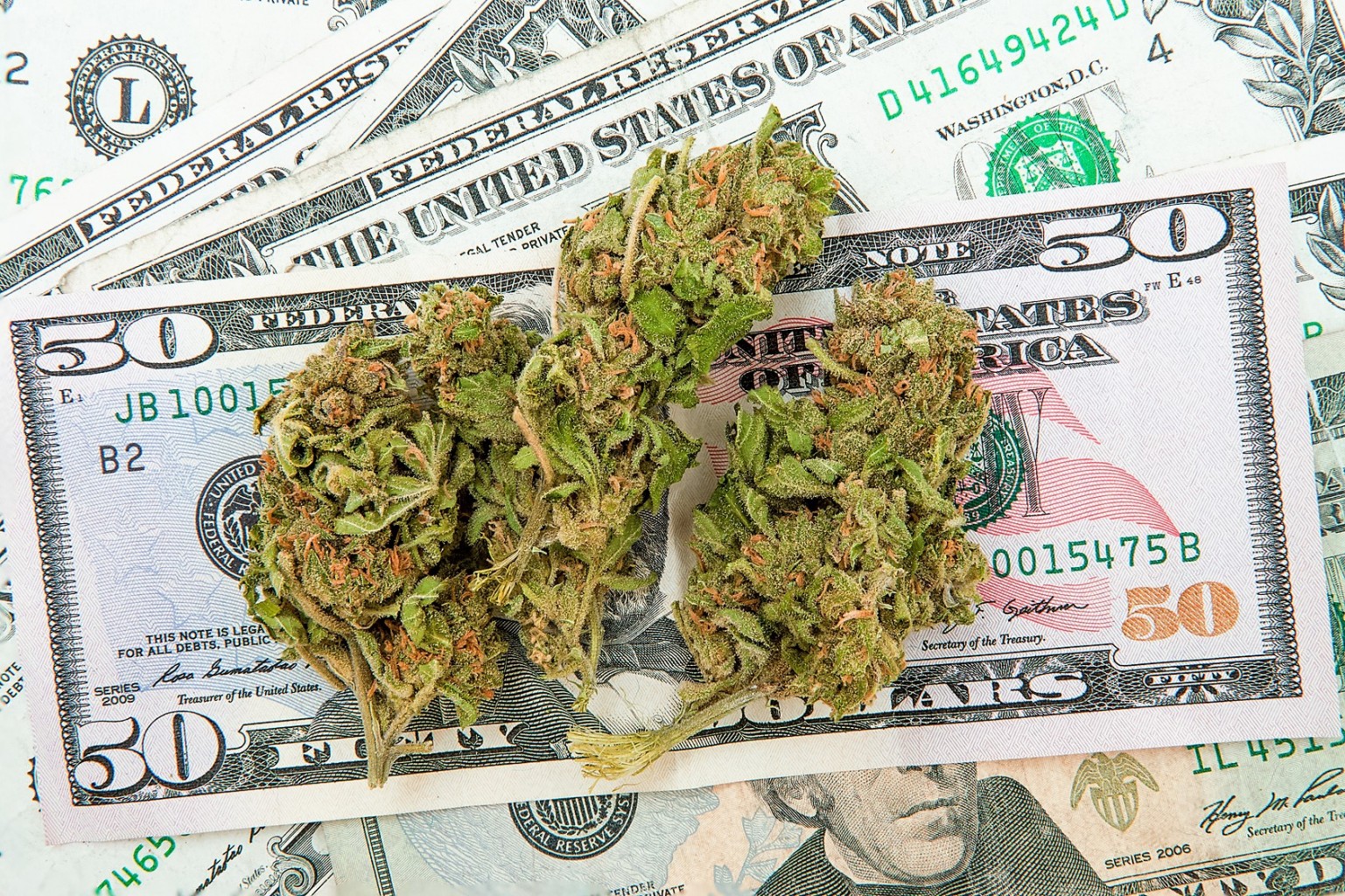The Grassroots of Marijuana Security (Part Four)
The fourth in an ongoing series, this blog discusses the connectivity between security and the medical and recreational marijuana industry. In Part One, I explained a holistic security plan for the oversight of commercial cannabis operations. In Part Two, I described the security strategy required to support the construction, implementation, operation, and sustainability of a cannabis cultivation center or dispensary. In Part Three, I delved into securing the day-to-day business operations of a legalized marijuana enterprise. And for Part Four, I examine the emerging legal and regulatory trends in this industry, specifically OSHA compliance, buffer zone rules, unregulated dispensaries, and legalized cannabis clubs.
Safe, Secure, and Compliant
Federal and state regulators are taking a bigger interest in the cannabis industry as the market develops. The Occupational Safety and Health Administration (OSHA) ensures companies are providing safe working conditions for their employees and customers by operating at both the federal and state level, depending on how the state chooses to enforce safety laws. A knowledgeable consultant, well-versed in OSHA guidelines, will benefit your business and safeguard your operations, especially if you include him or her in your strategic security initiatives. Plus, your consultant will partner with you to prepare your company for any random and unannounced site visits by OSHA inspectors that could result in fines or, as a worst-case scenario, closing down your business.
What Does It Mean to Be in The Zone?
Typically, cannabis businesses cannot be located within 1,000 feet of a Drug Free Zone, which include child care centers, educational institutions, libraries, outdoor recreation facilities, schools, and youth activity centers. It’s a big hurdle for applicants if the space for their business is near one of these locations. And this zoning restriction doesn’t just apply to new entrepreneurs getting started in this industry—it also applies to current business owners who will have to adapt or lose their business, due to revised ordinances. For example, the Detroit City Council just passed new restrictions to curb an increase in unregulated dispensaries. The dispensaries that don’t meet these new regulations, including operating under a holistic security plan, can be closed.
Organized Crime and Minors
Two of the most serious regulations your business must follow are 1) ensuring that the product is not distributed to minors and 2) guaranteeing that revenue from marijuana sales does not go to criminal enterprises. Since many of these facilities cost millions of dollars to develop, build, and operate, failure to adhere to and enforce these requirements is a death sentence for most operations. Without the assistance of a subject matter expert in the law enforcement and security fields, you put yourself at risk of engaging in these prohibited activities to some degree. The logical first step in mitigating this risk is to develop an integrated and coordinated strategy with current police practices designed to prevent these crimes.
An Interesting Dichotomy
Washington, D.C. is considering the consumption, but not the sale, of cannabis at private clubs. The sale of recreational marijuana is illegal in the city, but liberal city council members are fighting with conservative anti-cannabis lawmakers to change the law. If this ordinance passes, residents will be able to consume marijuana at select locations. In the ever-changing world of the cannabis industry, one thing remains constant: an increased vigilance in security involvement with these enterprises will ensure the safety of their staff, protect the people frequenting these clubs, and safeguard their license to operate the business.


